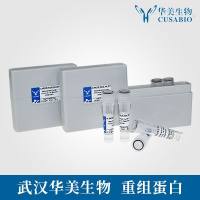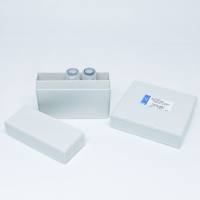Plasmon-Waveguide Resonance Spectroscopy Studies of Lateral Segregation in Solid-Supported Proteolipid Bilayers
互联网
互联网
相关产品推荐

Recombinant-Limulus-polyphemus-Lateral-eye-opsinLateral eye opsin
¥12124

过氧化物酶 来源于辣根,9003-99-0,Type XII, essentially salt-free, lyophilized powder,≥250 units/mg solid (using pyrogallol),阿拉丁
¥743.90

Recombinant-Mouse-Transmembrane-protein-237Tmem237Transmembrane protein 237 Alternative name(s): Amyotrophic lateral sclerosis 2 chromosomal region candidate gene 4 protein homolog
¥12572

Recombinant-Human-Transmembrane-protein-237TMEM237Transmembrane protein 237 Alternative name(s): Amyotrophic lateral sclerosis 2 chromosomal region candidate gene 4 protein
¥12404

TMEM237抗体TMEM237兔多抗抗体Amyotrophic lateral sclerosis 2 chromosomal region candidate gene 4 protein抗体TMEM237 Antibody, Biotin conjugated抗体
¥880
推荐阅读
Surface Plasmon Resonance Spectroscopy for Studying the Membrane Binding of Antimicrobial Peptides
Surface Plasmon Resonance and Surface Plasmon Field-Enhanced Fluorescence Spectroscopy for Sensitive Detection of Tumor Markers
Surface Plasmon Resonance Spectroscopy in Determination of the Interactions Between Amyloid Proteins (A) and Lipid Membranes

